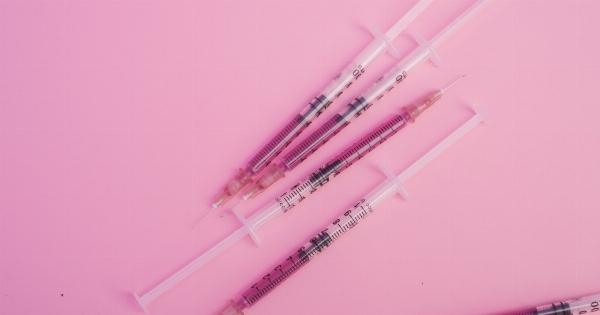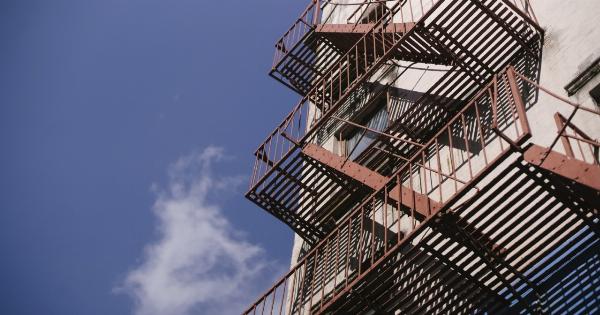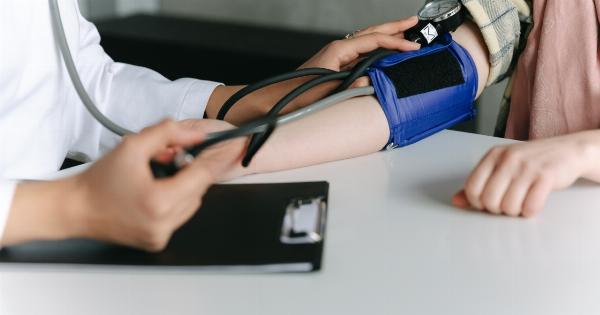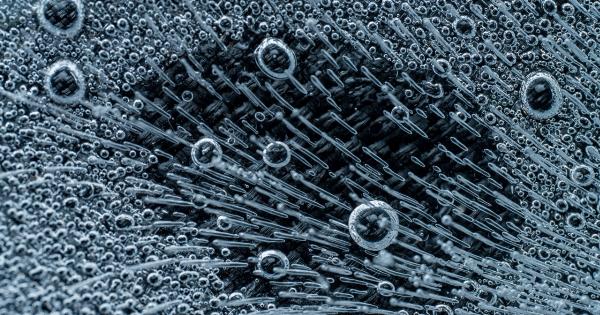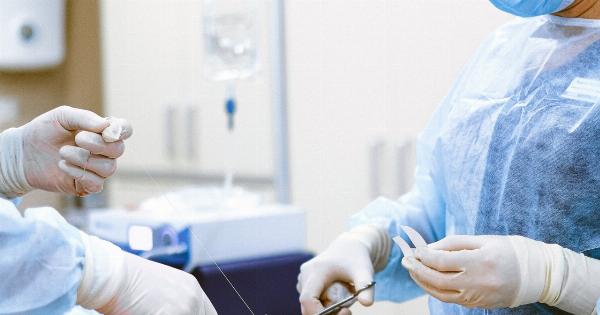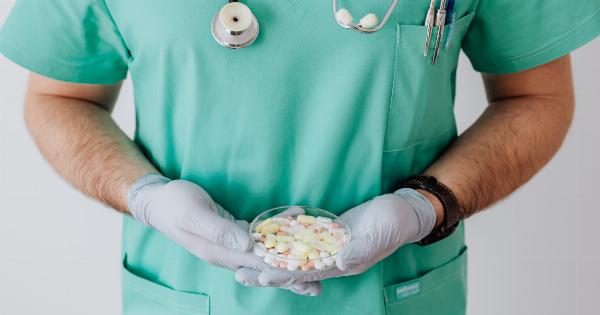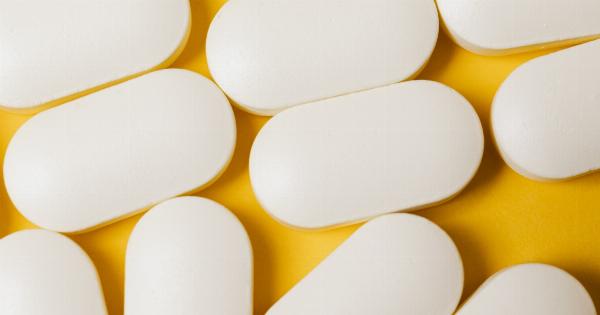A stroke, or cerebrovascular accident, occurs when the blood supply to a part of the brain is disrupted. This disruption can lead to various impairments and disabilities, depending on the severity and area of the brain affected.
Strokes are a medical emergency and require immediate medical attention to prevent further damage to the brain and potential long-term consequences.
The Anatomy of the Brain
To understand what happens during a stroke, it is necessary to have a basic understanding of the anatomy of the brain. The brain is a complex organ responsible for controlling various bodily functions and cognitive processes.
It is divided into different regions, each with specific functions. The brain receives oxygen and nutrients from the blood supply, which is carried through a network of blood vessels, including arteries and veins.
Types of Strokes
There are different types of strokes, each with its own underlying mechanism and characteristics. The three main types of strokes are:.
1. Ischemic Stroke
Ischemic strokes are the most common type, accounting for about 87% of all strokes. They occur when a blood clot or plaque buildup blocks or narrows a blood vessel in the brain.
As a result, the affected part of the brain does not receive sufficient blood supply and oxygen, leading to damage and cell death.
2. Hemorrhagic Stroke
Hemorrhagic strokes occur when a blood vessel in the brain ruptures or leaks. This can be due to high blood pressure, weakened blood vessel walls, or aneurysms.
The leaked blood accumulates and compresses the surrounding brain tissue, causing damage and interruption of normal brain function.
3. Transient Ischemic Attack (TIA)
A transient ischemic attack, often referred to as a mini-stroke, is a temporary disruption of blood supply to the brain. It is caused by a temporary clot or blockage and typically lasts for a few minutes.
While TIAs do not cause permanent brain damage, they can be a warning sign for an impending major stroke.
Signs and Symptoms
The signs and symptoms of a stroke can vary depending on the severity and location of the brain damage. However, there are common symptoms to watch out for, which can be remembered using the acronym FAST:.
1. F – Face Drooping
One side of the face may droop or feel numb. A person might have difficulty smiling or their smile may appear uneven.
2. A – Arm Weakness
Arm weakness or numbness is another common symptom. If a person tries to raise both arms, one arm may drift downward or feel weak.
3. S – Speech Difficulties
Speech may become slurred or difficult to understand. A person may struggle to find the right words or have sudden confusion.
4. T – Time to Call Emergency Services
Recognizing these symptoms and acting fast is crucial. If someone shows signs of a stroke, it is important to call emergency services immediately to receive prompt medical care.
Effects of a Stroke
A stroke can have a profound impact on the body and its various functions. The effects of a stroke depend on the area of the brain affected and may include:.
1. Physical Impairments
Physical impairments are common after a stroke. These may include paralysis or weakness on one side of the body, difficulty walking or balancing, and reduced coordination and muscle control.
2. Cognitive Impairments
A stroke can also affect cognitive functions such as memory, attention, and problem-solving abilities. Some individuals may experience difficulties with language, including comprehension and expression.
3. Emotional and Behavioral Changes
Strokes can lead to emotional and behavioral changes, including depression, anxiety, mood swings, and irritability. Some individuals may also experience changes in their personality or struggle with impulse control.
4. Communication Challenges
Depending on the area of the brain affected, strokes can cause challenges in communication. Aphasia, a language disorder, can make it difficult for individuals to understand or express themselves verbally or in written form.
Stroke Risk Factors
While strokes can occur at any age, certain factors increase the risk of experiencing a stroke. These risk factors can be divided into two categories: modifiable and non-modifiable.
Modifiable Risk Factors
Modifiable risk factors are those that can be controlled or managed through lifestyle changes or medical interventions. These include:.
1. Hypertension
High blood pressure is the most common modifiable risk factor for strokes. It is important to monitor and control blood pressure to reduce the risk of a stroke.
2. Smoking
Smoking damages blood vessels and significantly increases the risk of strokes. Quitting smoking is crucial in lowering the risk and improving overall health.
3. Diabetes
Diabetes can damage blood vessels over time, increasing the risk of strokes. Proper management of diabetes through medication, diet, and exercise is essential.
4. Unhealthy Diet
A diet high in saturated fats, cholesterol, and sodium can contribute to the development of high blood pressure and atherosclerosis, increasing the risk of strokes. Adopting a balanced and nutritious diet is important for stroke prevention.
Non-Modifiable Risk Factors
Non-modifiable risk factors are those that cannot be changed. These include:.
1. Age
The risk of stroke increases with age. While strokes can occur at any age, the likelihood of experiencing one dramatically rises after the age of 55.
2. Gender
Men have a higher risk of strokes than premenopausal women. However, the risk increases for women after menopause.
3. Family History
Having a family history of strokes or certain genetic conditions can increase the risk of experiencing a stroke.
Prevention and Treatment
Preventing a stroke involves managing modifiable risk factors and adopting a healthy lifestyle. Some prevention measures include:.
1. Regular Exercise
Engaging in regular physical activity can help lower blood pressure, maintain a healthy weight, and improve overall cardiovascular health.
2. Balanced Diet
Eating a diet rich in fruits, vegetables, whole grains, lean proteins, and healthy fats can help reduce the risk of strokes.
3. Managing Hypertension and Diabetes
Monitoring and controlling blood pressure and managing diabetes through medication, diet, and exercise are crucial for stroke prevention.
4. Avoiding Smoking and Limiting Alcohol
Quitting smoking and limiting alcohol consumption can greatly reduce the risk of strokes.
Treatment Options
Immediate medical attention is crucial when experiencing a stroke. Treatment options may include:.
1. Clot-busting Medication
If the stroke is ischemic and caught early, clot-busting medication (thrombolytics) can be administered to dissolve the clot and restore blood flow.
2. Mechanical Thrombectomy
In some cases, a mechanical thrombectomy may be performed to physically remove the blood clot causing the ischemic stroke.
3. Rehabilitation
After a stroke, rehabilitation plays a vital role in recovery. Physical, occupational, and speech therapies can help individuals regain lost functions and improve their quality of life.
Conclusion
A stroke can have devastating effects on the human body. Recognizing the signs and symptoms of a stroke and seeking immediate medical attention is crucial for minimizing brain damage and improving outcomes.
Understanding the risk factors, prevention measures, and available treatments can empower individuals to take steps towards stroke prevention and lead a healthier life.


